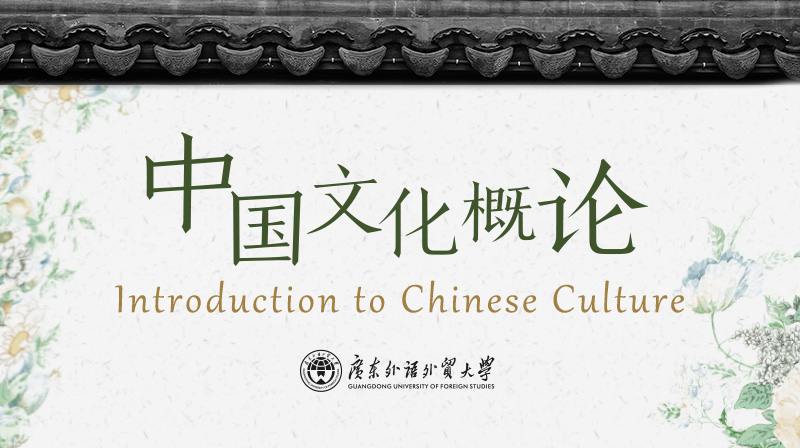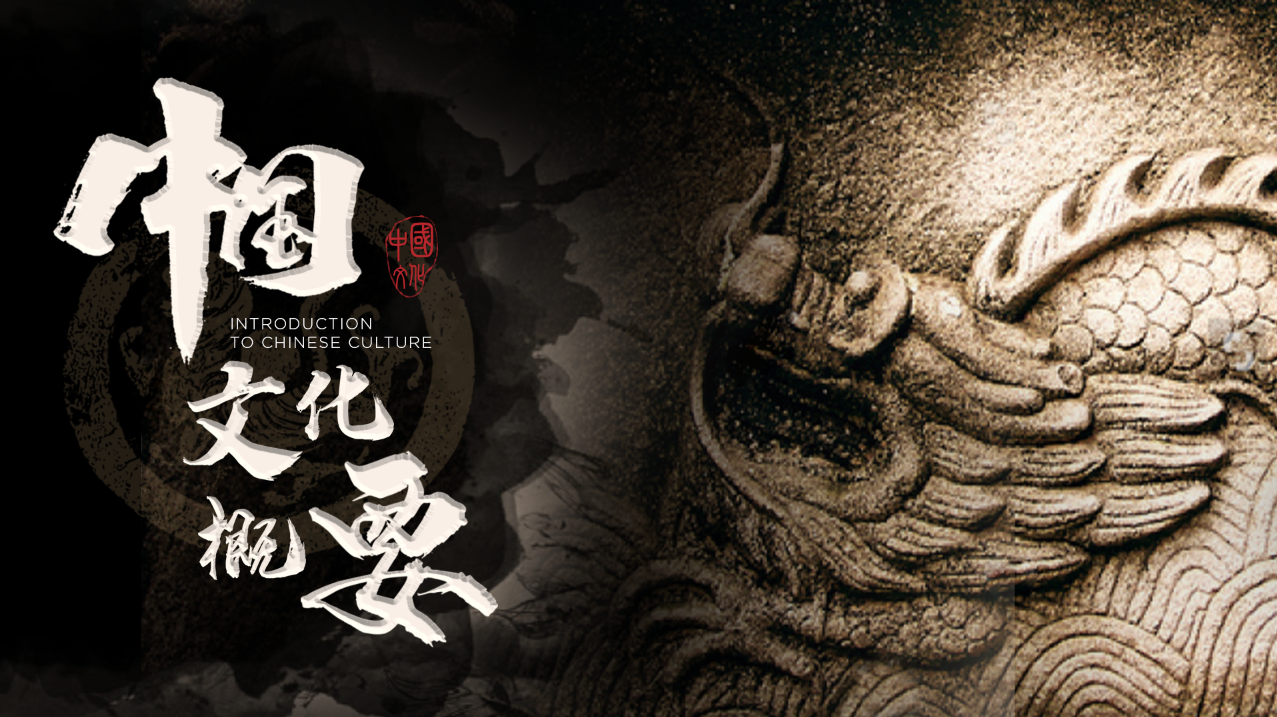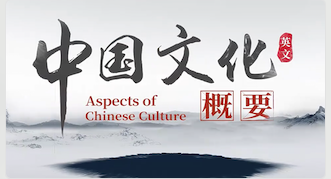- The Prehistoric Time is usually called the Anthropolithic Age as stone implements were used as the primary means of production. ( )
- The Book of Songs is China’s first poetry collection. ( )
- The Grand Canal is the longest and the oldest non-natural waterway in the world. ( ).
- The Great Hall of the People is the meeting place for the National People’s Congress of the People’s Republic of China. ( )
- The Summer Palace is the royal architecture built in the Qing Dynasty.( )
- Arts and crafts in the Ming and the Qing Dynasties were diverse, and porcelain, mental craft, lacquerware, embroidery, furniture and the other crafts of minority peoples all gained great popularity. ( )
- The Double Seventh Festival is chiefly observed by maidens who pray to the fairies in Heaven for intelligence and dexterity. ( )
- The Great Wall is a World Heritage site in China. ( )
- The calendar of the Shang Dynasty is divided into a solar calendar and a lunar calendar( ).
- TCM theoretical system may date back to as far as the Spring and Autumn Period and the Warring State Period. ( )
- The development of the Pre-Xia culture formed the foundation stones of the Chinese culture. ( )
- Manner etiquette means the language and body posture when people communicate with each other. ( )
- Chinese landscape architecture not only is the embodiment of architectural art but also includes other art categories, such as literature, painting, philosophy, and sculpture.( )
- Shi Jing includes a total of 305 musical poems composed during a period of over 500 years. ( )
- The blue-and-white porcelain is also called “white glaze and blue pattern.”( )
- ”Five Great Mountains” includes ( ).
- The costume for the emperor in the Qing Dynasty fell into several types, including ( ).
- Four tendencies medicines acted on the human body include( ).
- The wood-frame construction can be divided into( ).
- The religions worshiped by China’s minorities chiefly include( ).
- As people have a better understanding of the emergence, development, evolution, construction, function and nature of the folk etiquette, they sum up the main characteristics of the folk etiquette, such as ( ).
- The Lantern Festival falls on the fifteenth of the first lunar month when the moon is full for the first time in the year. It’s also called ( ).
- The Chinese folk custom and etiquette refer to ( ).
- The building technique turned to be mature during the period of the ( ).
- Two patterns of the national culture are embodied in the traditional Chinese festivals( ).
- The leading role in the whole Chinese culture is ( ).
- The Lantern Festival is hilarious with many activities, such as ( ).
- In terms of land area, the top three largest countries in the world are respectively( ).
- The capital city of Dongjing and Bianliang in the Song Dynasty refers to ( ).
- The person who was sent to the West by Emperor Wu of the Han Dynasty and made a significant contribution to the opening of the famous Silk Road was ( ).
- During the Han Dynasty, which was called “Taiyi” and was revered as “the most noble of the heavenly gods”( )
- The first historical document in China that completely records the names of the twenty-four solar terms is ( ).
- In different historical periods, which represents human creativity as well as the development of productivity( ).
- Liu Wansu created a lot of prescriptions to treat ( ).
- The work of Li Shizhen, a great medical scientist of the Ming Dynasty, is( ).
- The most famous dance in the Tang Dynasty is ( ).
- The imperial examination system was established and fully implemented in the era of ( )
- In the Tang Dynasty, the poet who led the “New Yuefu Movement” was ( )
- Diaoyu Islands and its subsidiary islands have been Chinese territory since ancient times, and it is in( ).
- The largest island in China is ( )
- The zenith of Chinese classical dance is ( )
- The author of On Epidemic who opened the first study of infectious diseases in China is ( ).
- The private gardens include( ).
- The origin of the Dragon boat festival has several versions, one of the versions are related to ( )
- The earliest surviving monograph on acupuncture in China is ( ).
- The Double Seventh Festival is on the seventh day of the eighth lunar month. ( )
- The traditional customs in the Lantern Festival include ( )。
- Traditional western festivals focus on the religious relationship between Man and God ( ).
- The typical festivals of China’s minorities include ( ).
- The traditional customs in the Spring Festival include ( ).
- Which of the following is true about address forms? ( ).
- Li refers to ( ).
- Greeting Etiquette shows one’s respect and welcome( ).
- Pregnancy etiquette requires pregnant women being carefully attended to ( ).
- The Three Cardinal Guides includes ( )
- Chinese cuisine is one of the three major cuisines in the world. ( )
- The coastal shipping industry and the shipbuilding industry reached a peak in the ( ).
- Rammed earth was already widely used for construction in the Xia Dynasty. ( ).
- A wide and long thoroughfare between two capitals (Xi’an and Luoyang) in the Zhou Dynasty is ( ).
- The dyeing and weaving industries emerge in ( ).
- In primitive society, Chinese people live on trees or caves. ( ).
- Lingnan Garden usually consists of auxiliary gardens and a backyard. ( ).
- In slave society, ancient Chinese architecture is ( ).
- The feature of royal gardens involves( ).
- The representative of local residential architecture is ( ).
- There are four stages in the development of the calendar in ancient China-the ancient calendar period, the Chinese calendar period, the Chinese-western calendar period and the Gregorian calendar period. ( )
- Calendar is the law on how to arrange time into the units of year, month, day and hour. ( )
- In the Song and Yuan dynasties, the Xining armillary sphere is designed and manufactured by ( ).
- In the Wei Dynasty, what kind of calendar do we have? ( ),
- Taichu Calendar in Han dynasty includes ( ).
- Arts and crafts in the Tang Dynasty include ( ).
- Underglaze red porcelains appeared in the Ming Dynasty ( ).
- Qing porcelain is featured by ( ).
- Ming porcelain is featured by ( ).
- The inspiration for arts and crafts originates from the prehistoric time ( ).
- The new music form appearing in Qin and Han Dynasties was ( ).
- Chinese drama reaches its peak in ( ).
- Melody of White Feather Garments is a work renowned for its fresh and elegant style, written by the famous Chinese emperor and musician, Tang Taizong. ( )
- In the Neolithic Age, people played bone flutes or Taoxun. ( ).
- The typical features of music in Xia& Shang include ( ).
- One of the sources for the theoretical system of Traditional Chinese Medicine is( ).
- Five Phases Theory includes the six climate-influencing factors in the four seasons of a year .( )
- According to TCM’s philosophical background, blood vessels and meridians are the channels for the operation. ( )
- There are four properties according to the performance of Chinese Materia Medica, including ( ).
- According to four diagnosis, the patient’s mentality and emotions, living conditions, living habits belong to ( ).
- There are five philosophical categories according to the Five Phase Theory, including ( ).
- Essential Qi refers to the primitive substance that constitutes all things in heaven and earth.( )
- The Canon of Acupuncture and Moxibustion discusses the viscera meridians, pulse diagnosis theory, acupoint sites, acupuncture method and taboos, acupuncture points, etc. ( )
- The earliest existing medical book in Traditional Chinese Medicine is ( ) .
- The characteristics of the theory of etiology are ( ).
- The types of landmass in China include ( ).
- The same temperature zone can contain different dry and wet zones ( ).
- What natural heritage is known as the “Fairy Land in the world” ( ).
- The Imperial Palace Museum in Beijing is a royal palace of the Yuan and Qing Dynasties ( ).
- Classical Gardens of Suzhou include( ).
- Mao Zedong Thought involves “to seek Truth From Facts” and “to be able to stand on one’s own feet”( ).
- The heyday of China’s feudal society is ( ).
- As the budding stage of Chinese culture, the Pre-Qin Period includes ( ).
- A narration of the history in the Southern Dynasty refers to ( ).
- The transmission of Islam promotes cultural exchanges between China and western nations in the Ming and the Qing Dynasties ( ).
答案:对
答案:对
答案:对
答案:对
答案:对
答案:对
答案:对
答案:对
答案:对
答案:对
答案:对
温馨提示支付 ¥3.00 元后可查看付费内容,请先翻页预览!



